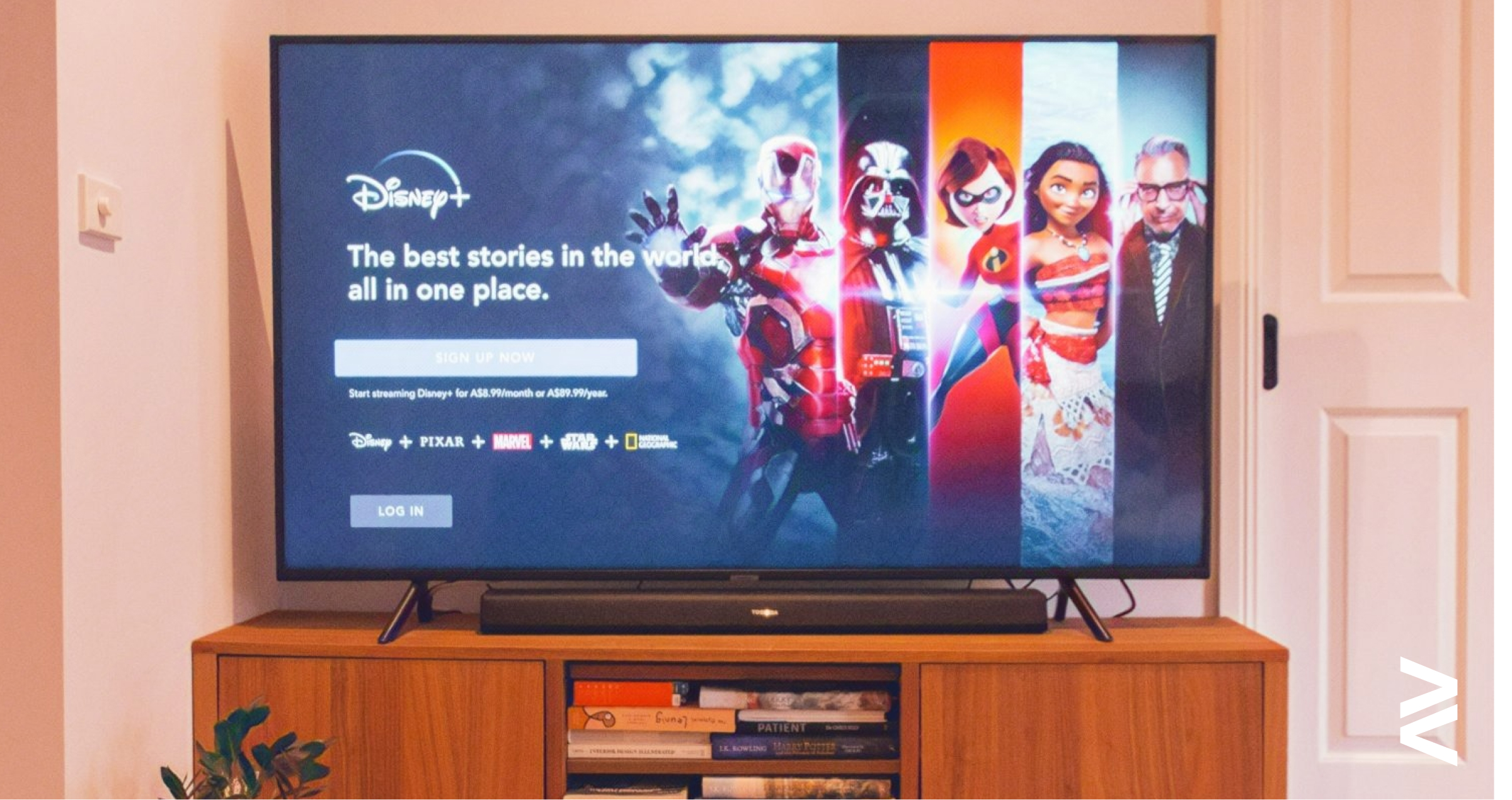$(function() {
$('inputfield').on('keypress', function(e){
if(e.keyCode == '13'){
// enter pressed
e.preventDefault();
$('.search-button').trigger('click');
}
});
});

“To subscribe or unsubscribe.” That’s the question consumers ask themselves multiple times a month, if not weekly.
The easy access to binge on everything from meal kits to streaming TV has completely updated how consumers interact with brands. But new data from Attain suggests this relationship is far more complex than simple convenience.
From meal kits commanding $160 monthly spending to streaming services fighting for wallet share, the battle between convenience and commitment reveals deeper truths about modern consumer behavior.
Home Chef appears to be the premium player in the meal kit space, with average monthly spending reaching $160.74 in May 2025, compared to HelloFresh’s $155.65, according to Attain. More tellingly, 52% of Home Chef consumers fall into high-income households earning over $100,000, while HelloFresh draws more evenly across income brackets, with 30% of its users earning under $50,000.
This income disparity reflects a broader pattern across subscription services. While convenience drives initial adoption, sustained engagement depends on perceived value relative to household budgets. The data shows Home Chef maintains higher per-transaction amounts averaging $83.11, suggesting its affluent user base values premium offerings over pure cost savings.
“Consumers aren’t anti-commitment; they're anti-waste,” says Allen Adamson, co-founder and managing partner of brand consultancy Metaforce. “If a subscription doesn't deliver clear, ongoing value, it quickly gets cut from the budget, no matter how convenient it seemed at first.”
This sentiment manifests clearly in streaming services, where Attain's data reveals a remarkably even distribution across income levels. About 35% of Netflix and Disney+ users are low-income, suggesting these services have become essential entertainment infrastructure rather than luxury subscriptions. Yet this broad appeal creates its own challenges as households scrutinize monthly expenses.
Michelle Sequeira Yee, VP of Customer Engagement & Loyalty at Bond, sees recurring purchases as fundamentally reshaping expectations. “Leading brands are redefining customer expectations by offering subscription-based conveniences that influence the entire customer journey,” she says. The key lies in becoming indispensable to daily routines rather than merely convenient.
The regional distribution data from Attain provides insights into market penetration strategies. Home Chef shows stronger performance in the Middle Atlantic region with 16% of users versus HelloFresh’s 13%, while HelloFresh dominates in the West South Central with 14% compared to Home Chef’s 8%. These geographic variations suggest different approaches to market expansion and customer acquisition.
Streaming services display more uniform geographic distribution, with the South Atlantic and Pacific regions consistently representing the largest user bases across all platforms. This uniformity indicates that digital subscriptions face fewer regional barriers than physical delivery services like meal kits.
Perhaps most intriguing is Attain's data on GoodRx users, who represent a different subscription dynamic entirely. GoodRx users fill prescriptions 12.1x annually versus 7.3 times at traditional pharmacies for non-users, who spend $283.48 compared to $161.90. This 75% increase in total pharmacy spending demonstrates how subscription services can actually drive increased engagement with traditional retail channels rather than replacing them.
This finding challenges assumptions about subscription cannibalization. Rather than substituting traditional pharmacy visits, GoodRx appears to enable more frequent engagement by reducing transaction friction through predictable pricing.
Adamson highlights the growing phenomenon of “subscription creep” that threatens long-term retention. “People look at their growing list—laundry, streaming, dog food delivery—and ask: ‘Am I really using all of this, or did it just feel like a good idea at the time?’”
The data supports this concern. Despite HelloFresh’s lower price point, its average total spend per user has grown from $131.04 in June 2024 to $155.65 in May 2025, representing an 18.8% increase. This growth in spending amid economic uncertainty raises questions about sustainability.
“Consumers are becoming more selective and ‘anti-commitment’ in their subscription behaviors, often looking to capitalize on deals or access limited time content,” notes Sequeira Yee.
This behavior manifests in what Adamson describes as treating “subscriptions like impulse buys: they jump in for a deal or a trending show, then jump out just as fast when the value fades.”
The path forward requires brands to move beyond convenience as a primary value proposition. Sequeira Yee emphasizes that retention depends on creating experiences that are “convenient, relevant, personalized, exclusive, and create ease.” The most successful subscriptions embed themselves so deeply into consumer routines that cancellation becomes unthinkable.
Home Chef’s ability to maintain premium pricing while growing total spend suggests that quality and customization trump pure convenience for affluent consumers. Meanwhile, streaming services' struggle with uniform pricing across diverse income levels indicates the challenge of being everything to everyone.
As the subscription economy matures, the winners will be those who recognize that convenience merely opens the door. Sustained success requires understanding that modern consumers view subscriptions not as commitments but as constantly evaluated value propositions. In this new landscape, brands must prove their worth not just at signup, but every single month thereafter.
“When consumers perceive ongoing value they are less likely to pause or cancel,” Sequeira Yee suggests, capturing an apparent truth of the subscription economy: convenience attracts, but only genuine value retains.